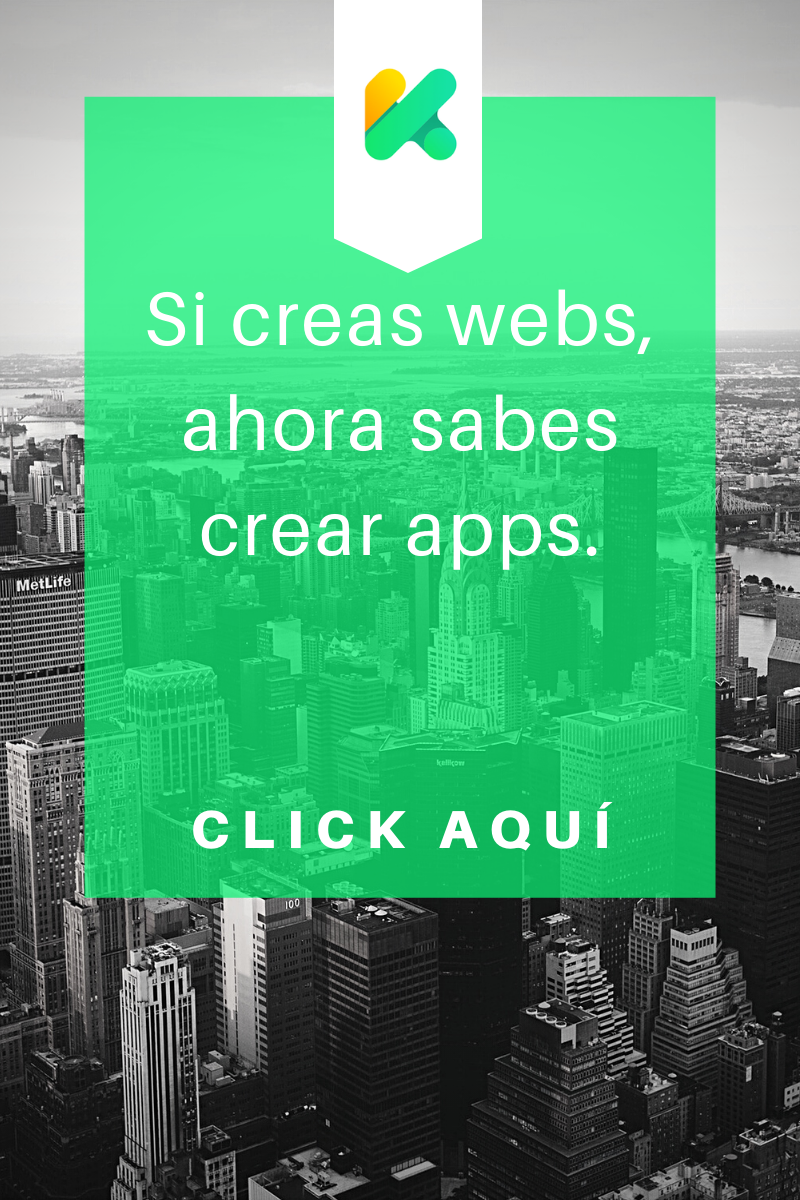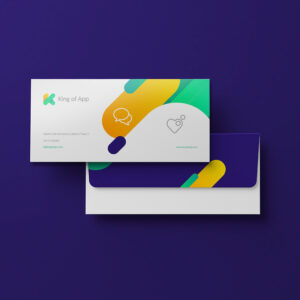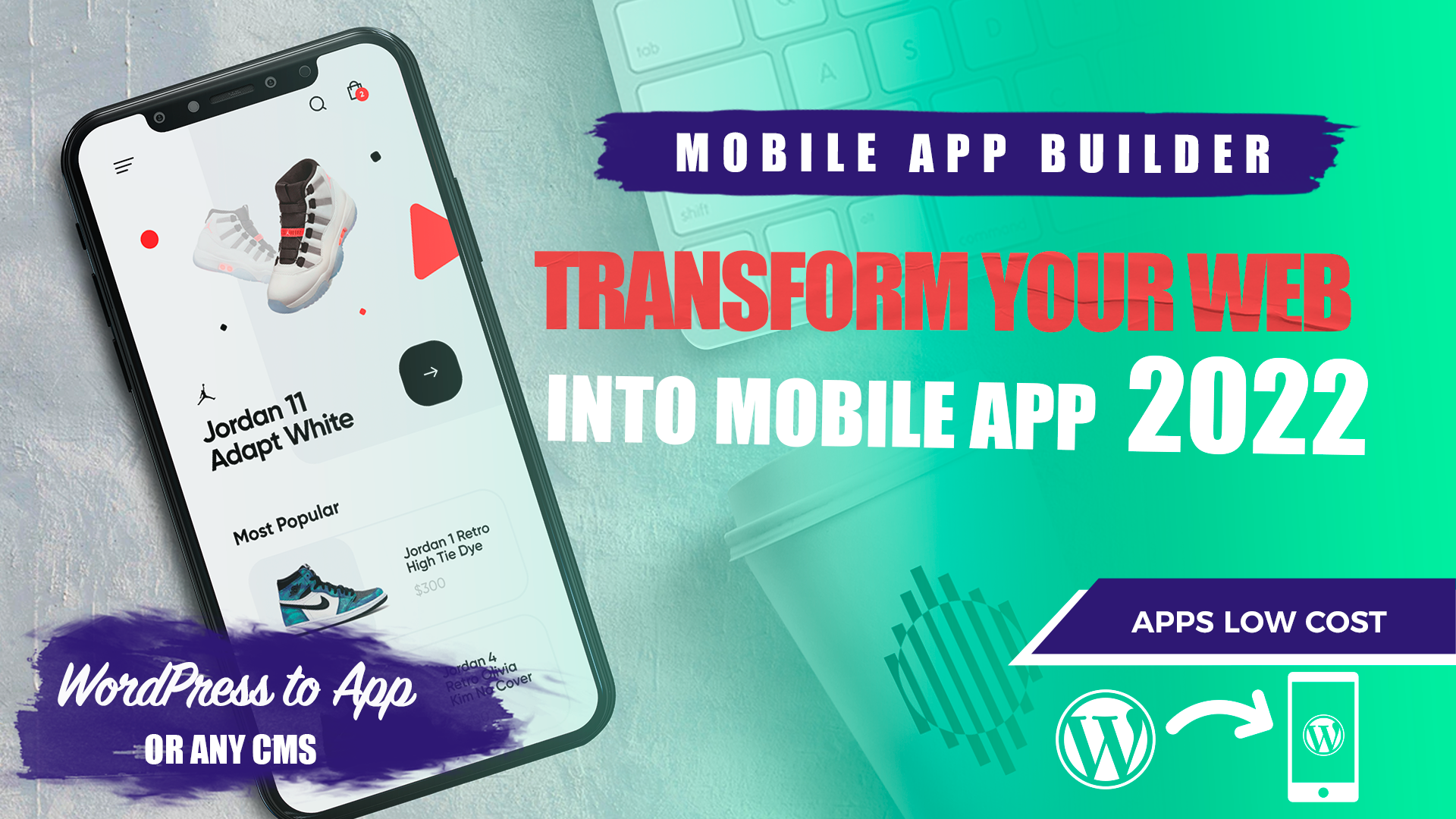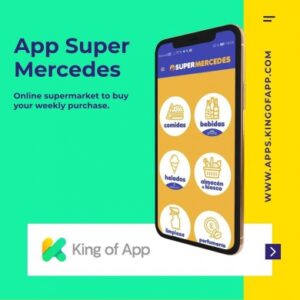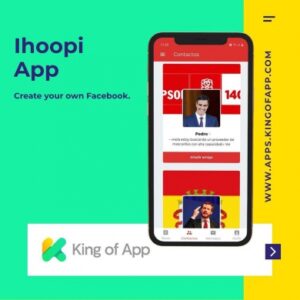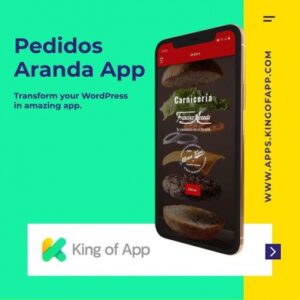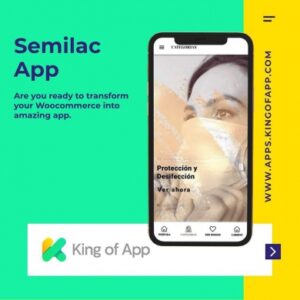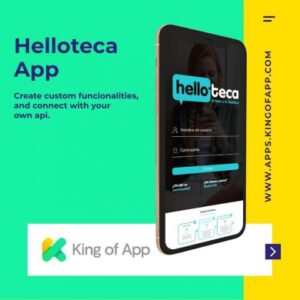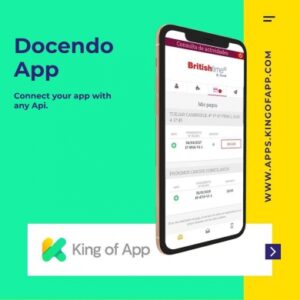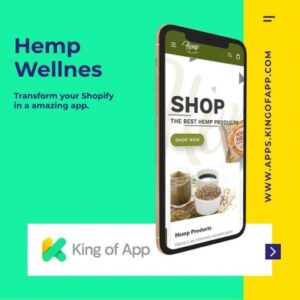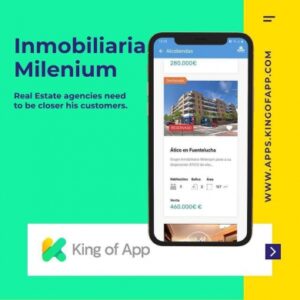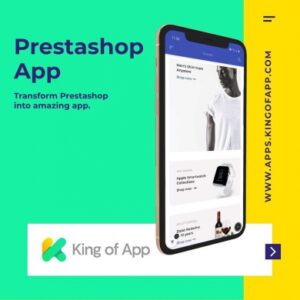In recent years, the demand for mobile applications has grown exponentially and the supply of native developers is not able to meet the market demand for apps. Faced with this situation, King Of App was born, an open source platform that allows you to easily create mobile applications. Xavier Barata, its CEO, tells us what it is, how it came about and what technologies are used in King Of App.
1. What is King of App?
King Of App is the WordPress of Apps, the first Open Source Content Management System that allows people without knowledge of native mobile programming to create fully customizable apps. And people with knowledge of web programming access the code for the first time and modify whatever they need.
We have created a unique open source technology that is like a puzzle. It works with a common motor that does not need to be programmed each time and allows you to connect 3 types of parts:
– Services: It will help you manage your app, giving you access to analytics, logging services, push notifications, advertising,….
– Templates: Allows you to make changes to the design of your app.
– Modules: They allow you to insert and display any content from any source in your app.
2. How did the idea come about?
All the partners come from the world of advertising, even before we had our own agencies. Every time the agency asked us for quotes to make an app, we were rejected because they were too expensive.
All our colleagues in the sector had this problem, today web designers and programmers create more than 50MM websites every year, and app developers only create 500K.
But web designers and programmers cannot develop apps because they do not have enough knowledge and we have to end up looking for native developers who are saturated in front of so much demand, that is why prices continue to grow.
In addition, all the studies tell us that the market is going to grow exponentially. This market is moving more than $ 20B annually in 2015 and all predictions say that it will grow above $ 70B in 2017. So we think how it will do if native developers are saturated with so much demand?
Faced with this problem, we looked for a solution in the United States, as in 2006 we implemented Joomla and WordPress, but we did not find anything similar. So when we got to this point we decided to develop it ourselves.
Our technology allows web designers and programmers to create apps with the same knowledge that they create webs, giving them access to the market and solving this problem, since in addition the average cost per app is 230 euros.
3. Can any user create an app or should they have some knowledge?
Our technology is focused on professionals, if it is true that it is not necessary to have programming knowledge to be able to make an app, our main advantage is that being Open source, anyone with html, css or javascript knowledge can customize the app even more. In the same way, if the user is an advanced developer, they can integrate parts developed with Polymer, React JS, …
4. How long can it take to fully create an app?
If you have the contents prepared, or you import them from a CMS like WordPress, Joomla, Magento, Shopify, … The development process is very fast and with 10 minutes you can have a basic app with push notifications, advertising or analytics running and ready to send to the markets.
Although the level of customization that each one wants for their app can vary the time of construction of their app, depending on the complexity of it.
5. What is the fundamental difference of King of App compared to other app creation platforms?
We are the first Open Source platform, that is, users can access the code to customize what they need, or create custom pieces and assemble them.
Other characteristics linked to Open Source is that creating an app is free and we do not put any type of King of app brand, and in our Marketplace you can find more variety of templates that you can then customize from the code if you wish and we are the platform with more modules on the market.
In the Marketplace you will also be able to choose with service providers in just one click, the advertising provider that can get the most revenue or between different push notification services, choosing provider according to functionality or price.
6. Tell us about the King of App technology stack: programming language, database and integrations with other platforms.
The project is divided into 4 different parts and each one of them has a different functionality and therefore a different stack:
The first piece is the builder, it is a user interface that allows you to configure the applications in a simple way. This configuration is saved in JSON format to later create the mobile application. It is coded using AngularJS and SASS for styles.
The second piece is the visualizer, it is the cornerstone of the project. From the configuration file it generates the different views and behavior of the mobile application. It is created with AngularJS although it allows you to use modules made with Angular, Polymer or jQuery.
The third is the KoApp Components, they are a series of HTML5 components created with Polymer that allow you to change the aesthetics of applications in real time.
Since our applications don’t have a defined backend, we don’t need our modules to use a defined infrastructure. However, for our own database we use MongoDB which can be consumed through a Rest API written in NodeJS.
The infrastructure is hosted on Amazon AWS and we use services such as S3 to store files, CloudFront to publish all public files, SQS for the task system that we use for automatic compilation, and much more.
7. How was the first version of King of App?
The first version was a closed system, in which there was no plugin concept. This made it overly rigid and not customizable at all. It was built with Symfony2 (PHP) and MySQL.
8. What has been the most important technological challenge that you have encountered so far?
The project itself has been a great challenge at a technological level, I could not stay with just one part. I would highlight:
- Create an asynchronous and reusable module loading system in AngularJS that also allows the use of other frameworks.
- Have a system of layout elements that behave dynamically.
- Protect a frontend technology to minimize the chances of bypassing user licenses.

